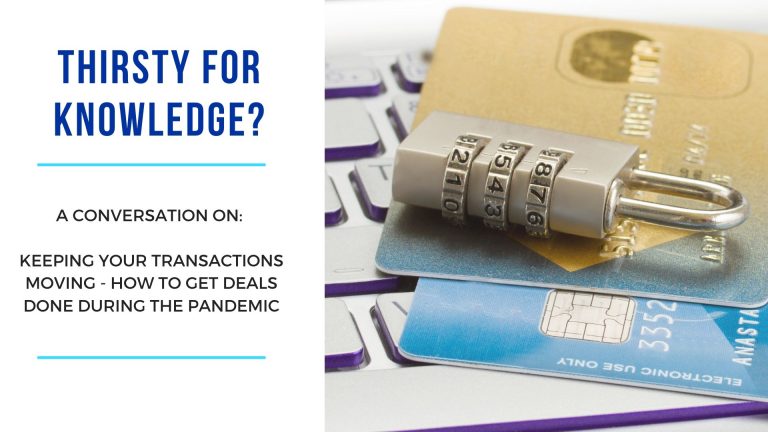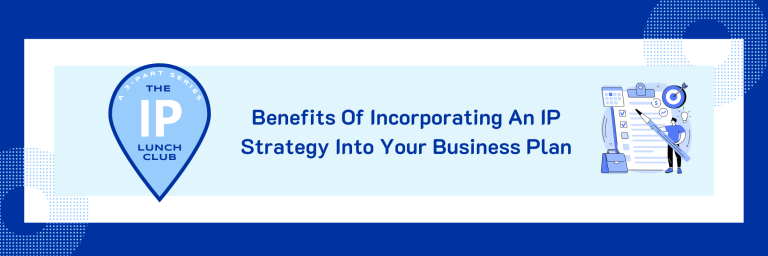Sandbox is incredibly excited to debut this guest blog post, written by Dr. Kristen Liesch, Co-CEO & Co-Founder of Tidal Equality. Dr. Liesch is a strategist and educator who empowers individuals and organizations to design equitable change in processes, products, services, and more, in radically simple and effective ways.
So, without further adieu, continue reading to dive into this blog post about why unconscious bias training doesn’t work and what you can do instead.
Share on facebook
Share on linkedin
Share on whatsapp
Share on twitter
Today, in light of civil unrest over systemic racism and as a response to deepening inequities, we see a number of organizations rushing to tick the box of unconscious bias training.
And if they want to tick a box, well, there we go.
But the fact of the matter is, unconscious bias training was created not as a solution for systemic bias, prejudice and discrimination. Unconscious bias training – which targets the individual and their ingrained worldviews and unconscious cognitive shortcuts, and not the biased system – was designed in the aftermath of the civil rights and women’s equality movements of the twentieth century as a risk-mitigation and compliance tool. It was not designed by people who experienced and understood discrimination, but by corporate lawyers intent on protecting their organizations from litigation.
UNCONSCIOUS BIAS TRAINING DOESN’T WORK
There are actually a number of reasons why unconscious bias training doesn’t work, and they are well-documented (this isn’t a matter of a fringe opinion). And I dive into some of the specifics below.
It almost never includes what is known to work.
At the end of the day, though, most unconscious bias training workshops do not include any of the many features that research shows us do work when it comes to effecting less biased, more equitable, and lasting behaviour change. Some of these features of effective diversity trainings include:
- voluntary participation
- goal-setting and problem-solving
- a focus on the system as opposed to the individual
- engaging natural champions
- and practicing equitable behaviour over time.
Instead, they are, more often than not:
- mandatory
- targeted at the individual
- conceptually disconnected from day-to-day work
“Diversity training doesn’t work.” – Dr. Frank Dobbin
STay up to date on the changing face of business
There is no evidence that awareness leads to behaviour change.
Fundamentally, though, they are based on the supposition that awareness of personal unconscious biases can result in the mitigation of those biases, a supposition for which there is simply no evidence.
There are more than 200 ways cognitive bias affects our actions. And we cannot count the number of ways that dimensions of identity intersect in a given person at a given point in time. The world is waking up to the fact that we cannot train the bias out of anyone.
Trying to quash biased decision-making with unconscious bias training is like sending someone into a mole-infested football field, blindfolded and with a mallet, to play whac-a-mole.
Even if an individual really really wants to act in a less-biased way, the inability is partly due to the intent-action gap.
LET ME ILLUSTRATE:
Do you know why it’s important to eat a nutritious diet? Do you have a general understanding of why you should move your body?
Do you do those things consistently?
It’s possible that you do, but…
Expecting an employee to be able to overcome their biases after an unconscious bias training session has made them aware of them, is akin to expecting them to eat healthily and be active because you’ve held a health and nutrition seminar.
We all know that bridging that gap is tricky.
If you want your employees and leaders to learn more about discrimination, biases, and stereotyping, run unconscious bias training.
There is evidence that it is a good tool for delivering information.
But, if you want your organization to become more equitable, inclusive and diverse, and be positioned to leverage that diversity, don’t do unconscious bias training.
So, what can you do?
- You can invite people in your organization to share (under protection of anonymity) how they have observed or experienced inequity and bias, and empower them to be part of the design of the solution.
- You can enlist enthusiastic #changemakers, and equip them with the strategic and critical-thinking skills necessary to then dig into the design of products, services, processes, systems, code, events, communications and reveal opportunities to redesign for greater equity and inclusion, and less bias.
If your curiosity is piqued, and you want to know more about why unconscious bias training doesn’t work, read on…
Unconscious bias training fails because it does not address the systems that inhibit equity, diversity, and inclusion in the first place.
Unconscious bias training relies on individuals to become aware of their biases and mitigate them accordingly.
Research shows that de-biasing individuals can be effective only when it includes the following conditions:
- awareness of the possibility of bias
- understanding of the direction of the bias
- immediate feedback when falling prey to the bias
- a training program with regular feedback, analysis, and coaching
Essentially, a hiring manager (for example) would need to have their own diversity coach to accompany them through their day–every day–to ensure they successfully mitigate their biases. This is not only impractical, it is representative of the significant cost of trying to change minds and behaviour.
UNCONSCIOUS BIAS TRAINING MAKES STEREOTYPES MORE SALIENT
Studies indicate that, not only does attempting to suppress bias not work, it can make stereotypes seem more significant and result in an increase in biased decision-making.
UNCONSCIOUS BIAS TRAINING CAN JUSTIFY BIASED BEHAVIOUR
It turns out that when individuals are asked to assess their thoughts and behaviours for evidence of bias, this introspection “reassures people that they have been correct all along and that their conclusions are based on sound reasoning.”
UNCONSCIOUS BIAS TRAINING PROMOTES “MORAL LICENSING”
“Moral licensing” happens when a hiring manager who has undergone unconscious bias training (subconsciously) discriminates against a job applicant because they have undergone unconscious bias training and therefore believe (subconsciously) that they are no longer susceptible to their biases.
DID YOU KNOW?
If you run an unconscious bias training program, certain under-represented groups are less likely to become managers.
Unconscious bias training fails because it does not address the systems that inhibit equity, diversity, and inclusion in the first place.
These are only some of the problems with unconscious bias training. It’s a design fault – bias training wasn’t born out of a desire to make organizations more equal, but rather, to help organizations avoid litigation for being unequal. That design fault not only makes it a waste of money but it also powers more potential damage.
You can’t train the bias out of anyone, but you can equip your people with a practice they can apply to increase equity and inclusion, one question and one decision at a time.
WEBINAR:
“Why bias training doesn’t work, and what to do instead”
With Host, Julie Kratz & Dr. Kristen Liesch
ABOUT THE AUTHOR:
Dr. Kristen Liesch has been named a Forbes D&I Trailblazer, and is a strategist and educator who empowers individuals and organizations to design equitable change in processes, products, services, and more, in radically simple and effective ways. Co-CEO and co-Founder of Tidal Equality, Kristen is also the co-creator of the Equity Sequence™️ – a powerful practice made up of 5 equity-focused strategic questions – that continues to equip people around the world to make equitable change wherever they work, learn, and play. Read more courageous content at Tidal Equality.
Sandbox Centre, and Partners that are committed to making change, excitedly invite you to join the Equity SequenceTM Program. Become equipped with the framework and tool that can be used in every day life, work, and any key decision to reduce bias, make it more inclusive, and equitable.






